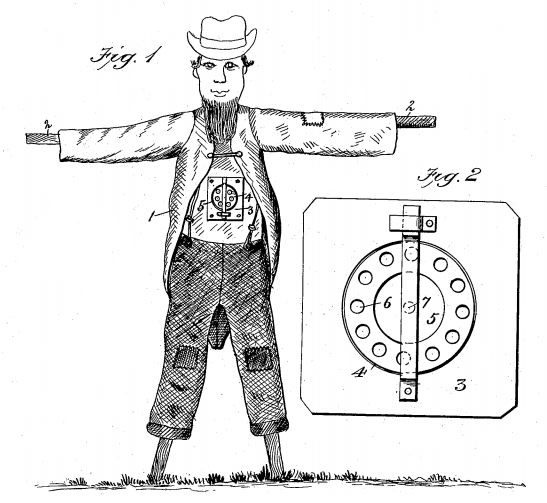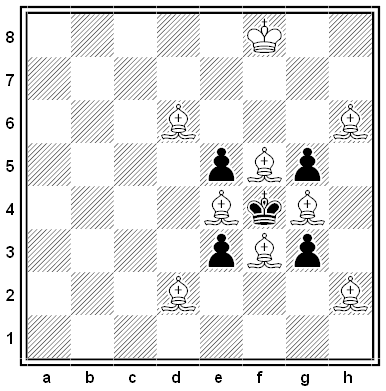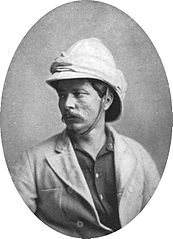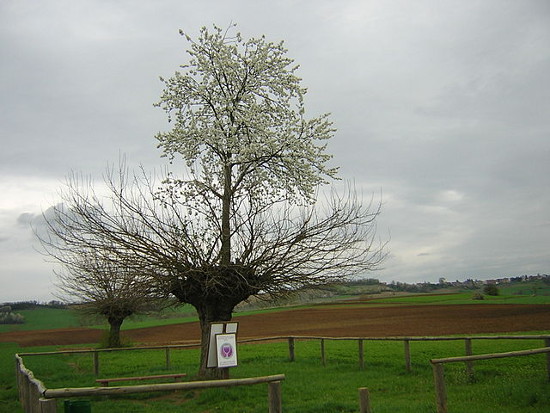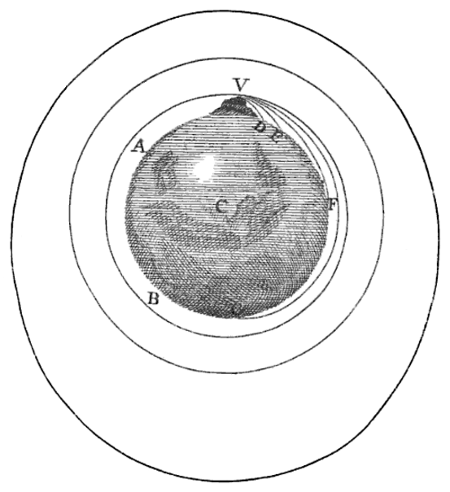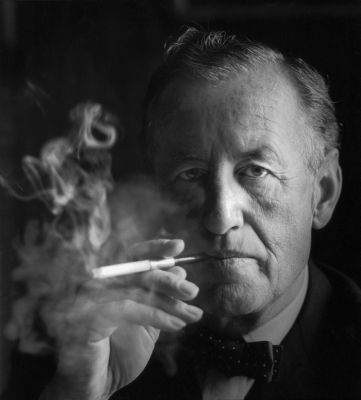
In Ian Fleming’s novel You Only Live Twice, a head injury gives James Bond amnesia, and the world briefly thinks him dead. An obituary appears in the London Times:
To serve the confidential nature of his work, he was accorded the rank of lieutenant in the Special Branch of the RNVR, and it is a measure of the satisfaction his services gave to his superiors that he ended the war with the rank of commander.
In For Your Eyes Only: Ian Fleming and James Bond, Ben MacIntyre notes that this wording contains a “knowing glimmer of self-congratulation”: Fleming himself had been commissioned into the Royal Naval Volunteer Reserve in July 1939 as a lieutenant and was promoted to commander a few months later.

